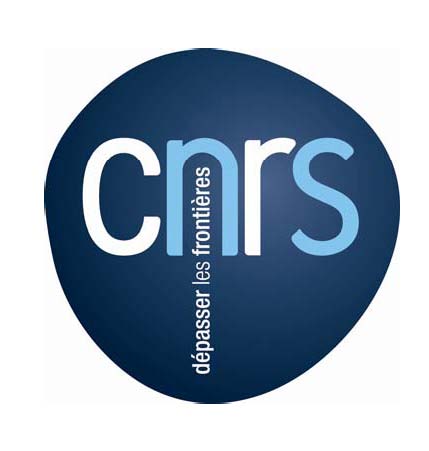
Background
This web page provides links to background material and additional resources in support of
the aims of the TALENT course 6: Theory for exploring nuclear reaction experiments
and for reference in project work related to this course.
The tabs in the right-hand sidebar link to specific textbooks, related lecture notes and also to
relevant papers and review articles. These deal with the formalism and practical developments
of methods that will be introduced and provide examples of their applications - both historical
and more topical.
The overall aim of the course will be to provide a working knowledge of the theoretical ideas,
techniques and methodologies that underpin the use of nuclear reactions - mainly for exploitation
of radioactive ion beams - for nuclear dynamics and nuclear structure studies and that make a
quantitative contribution to key reactions used in nuclear astrophysics.
The key concepts covered in the course can be found in the course description and the planned
timetable for delivery of the material in the July 2013 course is also available here.
Course lecturers
The lecturers contributing to this course were:
Pierre Descouvement (ULB, Brussels, Belgium)
Antonio Moro (University of Sevilla, Spain)
Filomena Nunes (Michigan State University, USA)
Edward Simpson (University of Surrey, UK)
Jeff Tostevin (University of Surrey, UK)
Course organizers
The organizers of this course were:
Jeff Tostevin (University of Surrey, UK)
Filomena Nunes (Michigan State University, USA)
Marek Płoszajczak (GANIL, France)
Francesca Gulminelli (University of Caen Basse Normandie, France)
Prerequisite learning and reading
Course participants will be expected to have been successful in advanced undergraduate or
Masters level course(s) in quantum mechanics, and to have had some exposure to the treatment and
description of scattering using quantum mechanics. E.g. the level of the introductory chapter(s) of the
book of Rodberg and Thaler (see Textbooks) and the discussions of scattering boundary conditions
and partial wave expansions in the other listed introductory texts of a similar level. While the motivation
of the course is on methods that can be used to extract nuclear structure and nuclear astrophysics
information from modern reactions experiments, the course will have limited time to discuss nuclear
structure models and emergent phenomena. Course participants may find it useful scene setting and
background to rehearse certain nuclear structure considerations in neutron-rich and neutron-deficient
nuclei on which there are several recent topical reviews. Suggestions include, for a first-principles
approach, the discussion in Forssen et al., from a shell-model perspective the discussions of Krücken
and of Brown, and for an experimental perspective the work of Sorlin and Porquet, plus the multiple
references in these overview papers. Scene-setting overviews on astrophysical considerations can
be found, for example, in the chapters of Thompson and Nunes and of Descouvemont et al.
The financial support for this Talent course from GANIL, the CNRS, and the City of Caen is very
gratefully appreciated and acknowledged.

